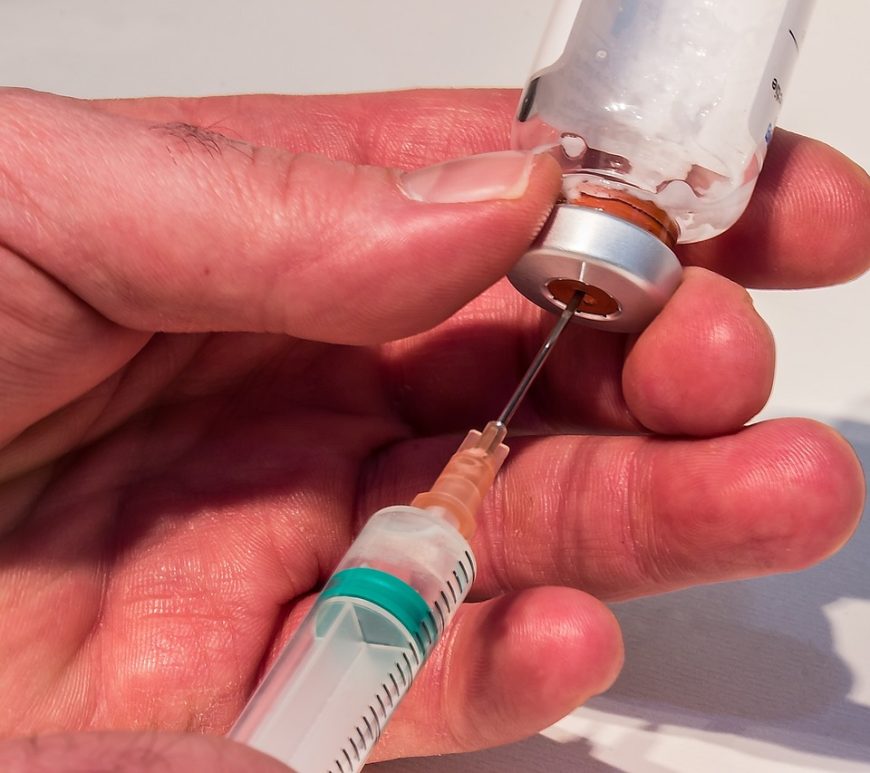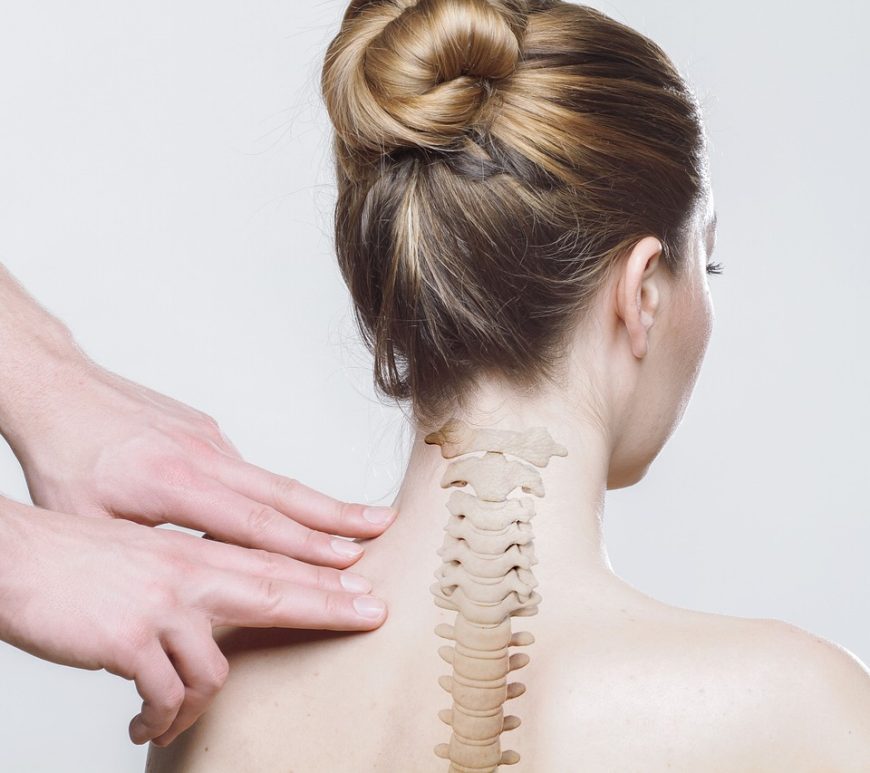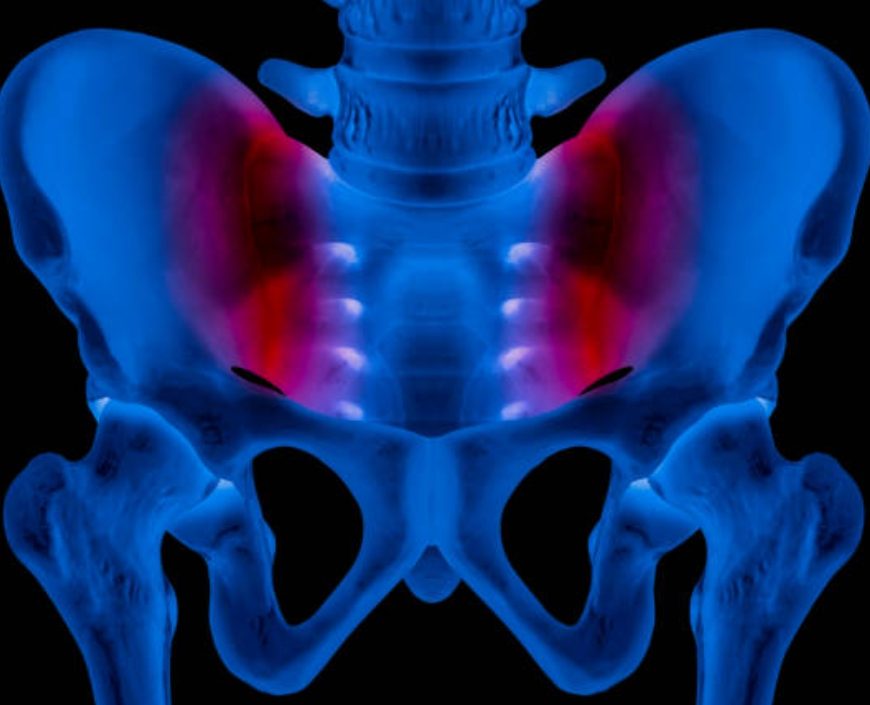
Which Treatment Method Provides Quicker Relief for Shoulder Adhesive Capsulitis: Shoulder Manipulation and Arthroscopic Arthrolysis or Intra-Articular Steroid Injections?
In 2012, Carli, et. al., Conducted the study about Shoulder adhesive capsulitis, also known as frozen shoulder. It is a condition characterized by pain and restricted range of motion in the shoulder joint. Two common treatment approaches for this condition are shoulder manipulation and arthroscopic arthrolysis, and glenohumeral steroid injections. A recent study aimed to compare the effectiveness of these two treatment methods in patients … Continue reading Which Treatment Method Provides Quicker Relief for Shoulder Adhesive Capsulitis: Shoulder Manipulation and Arthroscopic Arthrolysis or Intra-Articular Steroid Injections?

